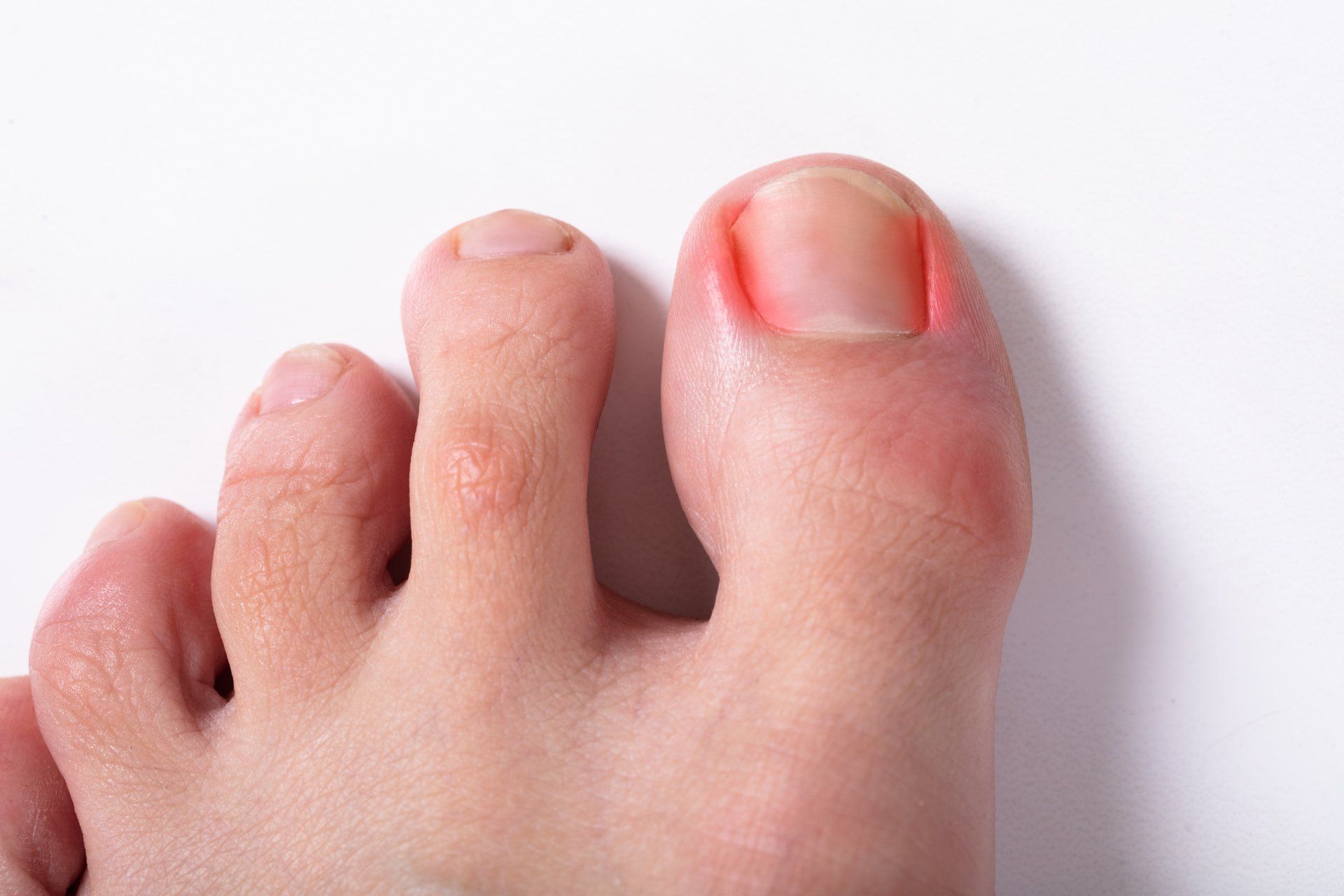Did you know that every year nearly 6 million Americans struggle with peripheral artery disease, also known as PAD? September is Peripheral Artery Disease Awareness Month and during this month, we join thousands of podiatrists in educating the public about the warning signs of PAD and how to reduce your risk.
WHAT IS PERIPHERAL ARTERY DISEASE?
Peripheral artery disease is a circulatory condition in which plaque, fatty deposits, and inflammation build up and block blood flow through your arteries. Your arteries play the important role of carrying oxygen-rich blood from your heart to the rest of your body. If your arteries become blocked by buildup, it can significantly impact blood flow to your limbs, including your legs and feet. This condition can also increase your risk for heart attacks and strokes. If the arteries inside your heart become hardened or narrowed, it can also lead to the development of cardiovascular disease.
1 in every 5 people over the age of 70 is diagnosed with peripheral artery disease. It is also one of the leading causes of foot or leg amputation within the United States. Common risk factors for peripheral artery disease include smoking, high blood pressure, high cholesterol, obesity, and a sedentary lifestyle. Patients with diabetes, kidney disease, or over the age of 65 are also at an increased risk of developing this condition.
SIGNS AND SYMPTOMS
Common signs of peripheral artery disease may include the following:
- Changes in skin tone and texture
- Cramps
- Muscle fatigue in feet, legs, thighs, and buttocks that disappears when resting
- Numbness in legs and feet even in periods of rest
- Pain or dull ache in legs and/or feet
- Poor nail growth
- Ulcers
- Wounds that heal slowly or do not heal even after several weeks
It is important to note that not all patients diagnosed with PAD experience leg pain, which may be an indication of poor circulation. If you notice any of these symptoms, please schedule an appointment with your doctor.
DIAGNOSIS
Using an ankle-brachial index, we can help to determine if you are showing signs of peripheral artery disease. It compares the blood pressure in your ankles to that of your arm. Depending on the reading, we may run additional tests such as CT scans or ultrasound imaging to confirm your diagnosis.
TREATMENT OPTIONS
Peripheral artery disease can be managed and treated if detected early. Common treatment options include:
- Avoiding smoking
- Controlling your blood pressure
- Limiting alcohol intake
- Lowering cholesterol levels
- Managing blood sugar levels
- Medications to prevent clotting
Lifestyle changes such as a well-balanced diet and regular exercise to manage weight may also be recommended. If these conservative treatment options prove ineffective or if your condition is considered severe, surgery may be recommended to improve circulation.
It is important to attend annual foot assessments so your podiatrist can monitor your foot health. Early detection can allow you to lower your risks and slow the progression of the disease so that you can continue to live a happy, healthy life. For more information on peripheral artery disease and your foot health or to schedule an appointment, contact Ankle & Foot Associates LLC today.


